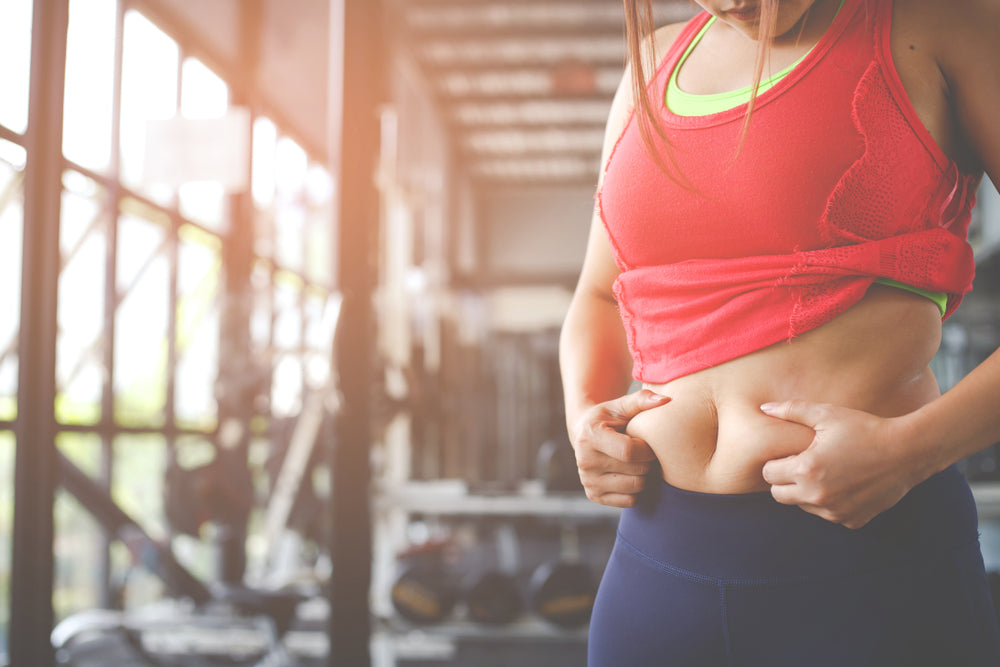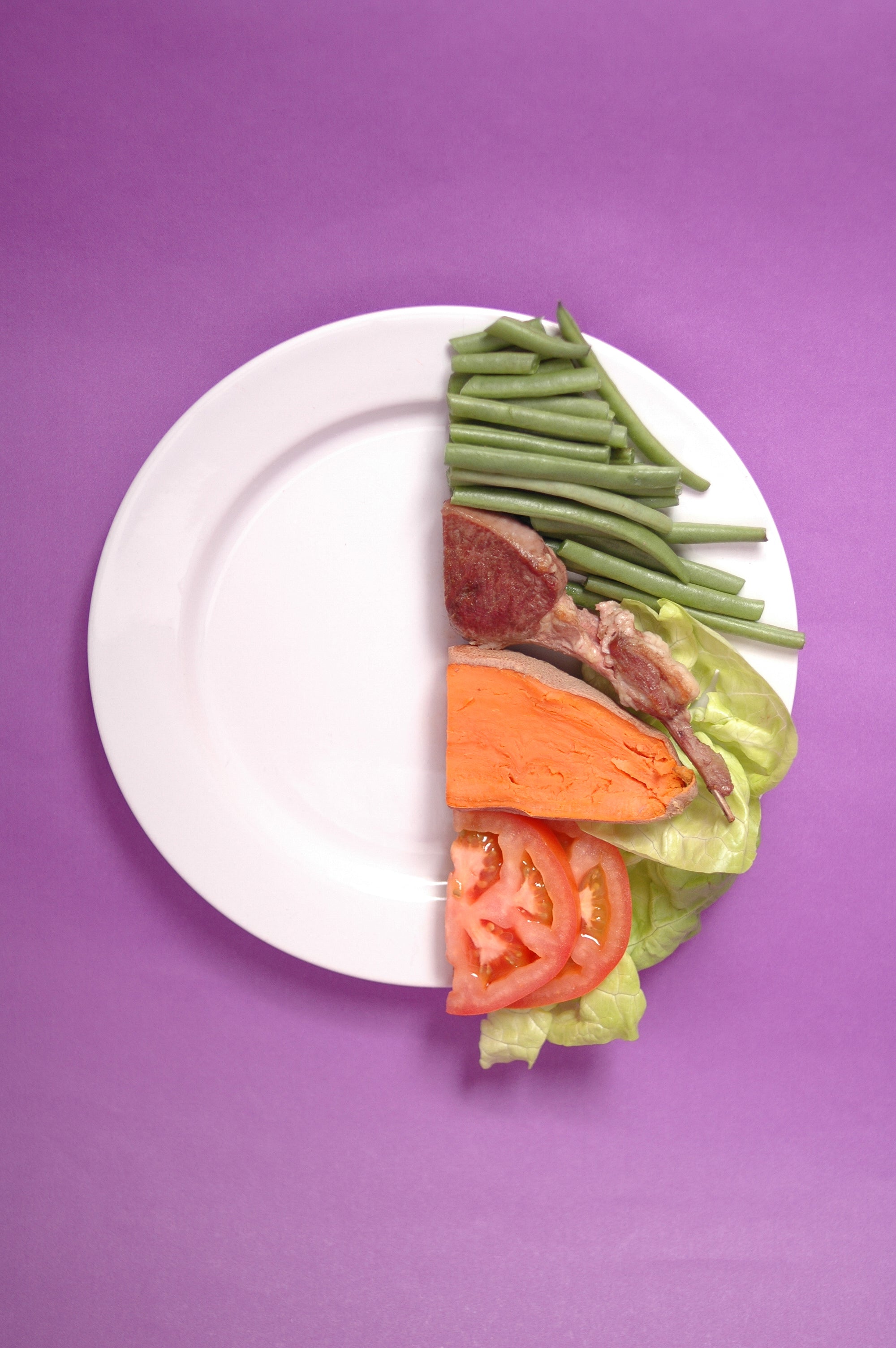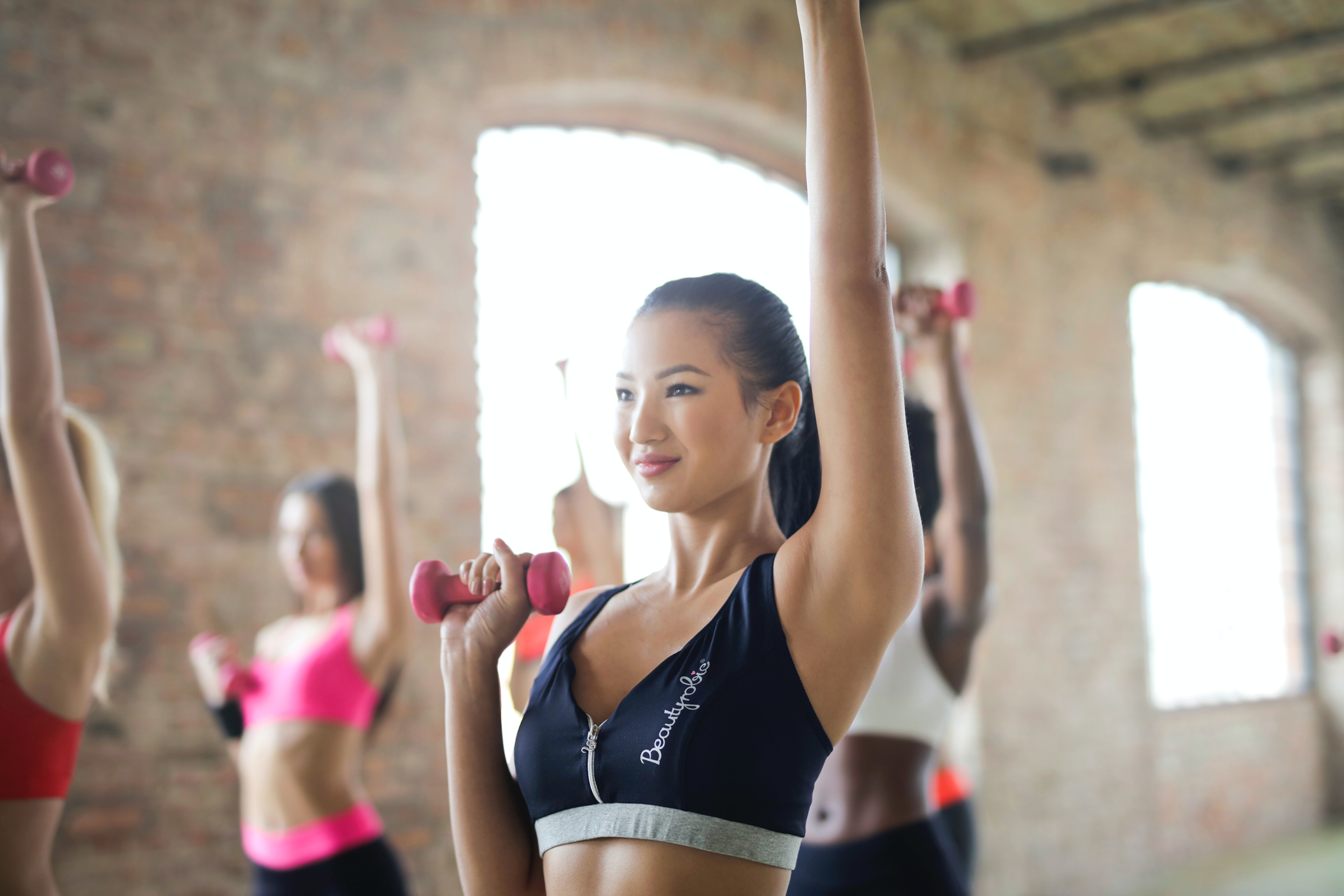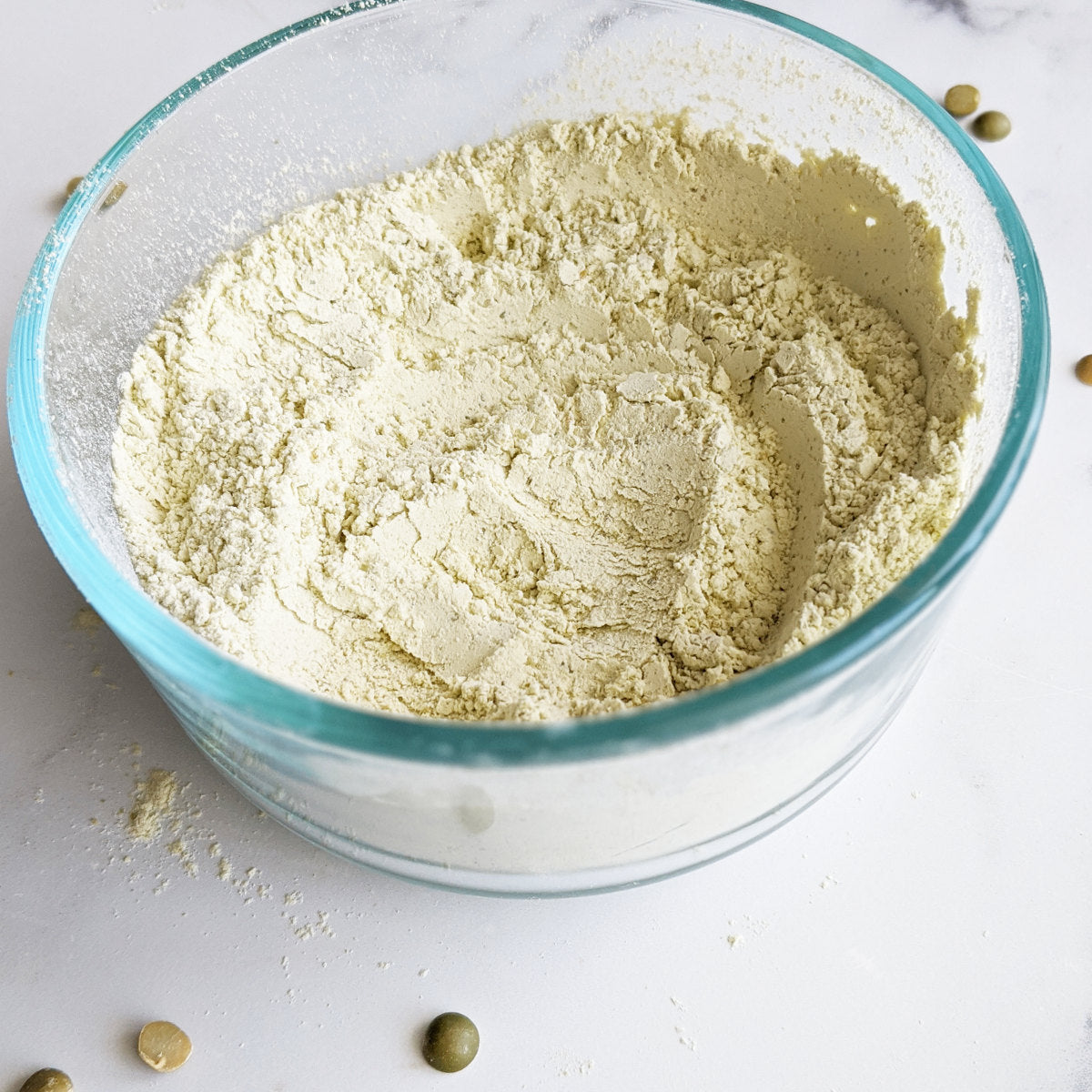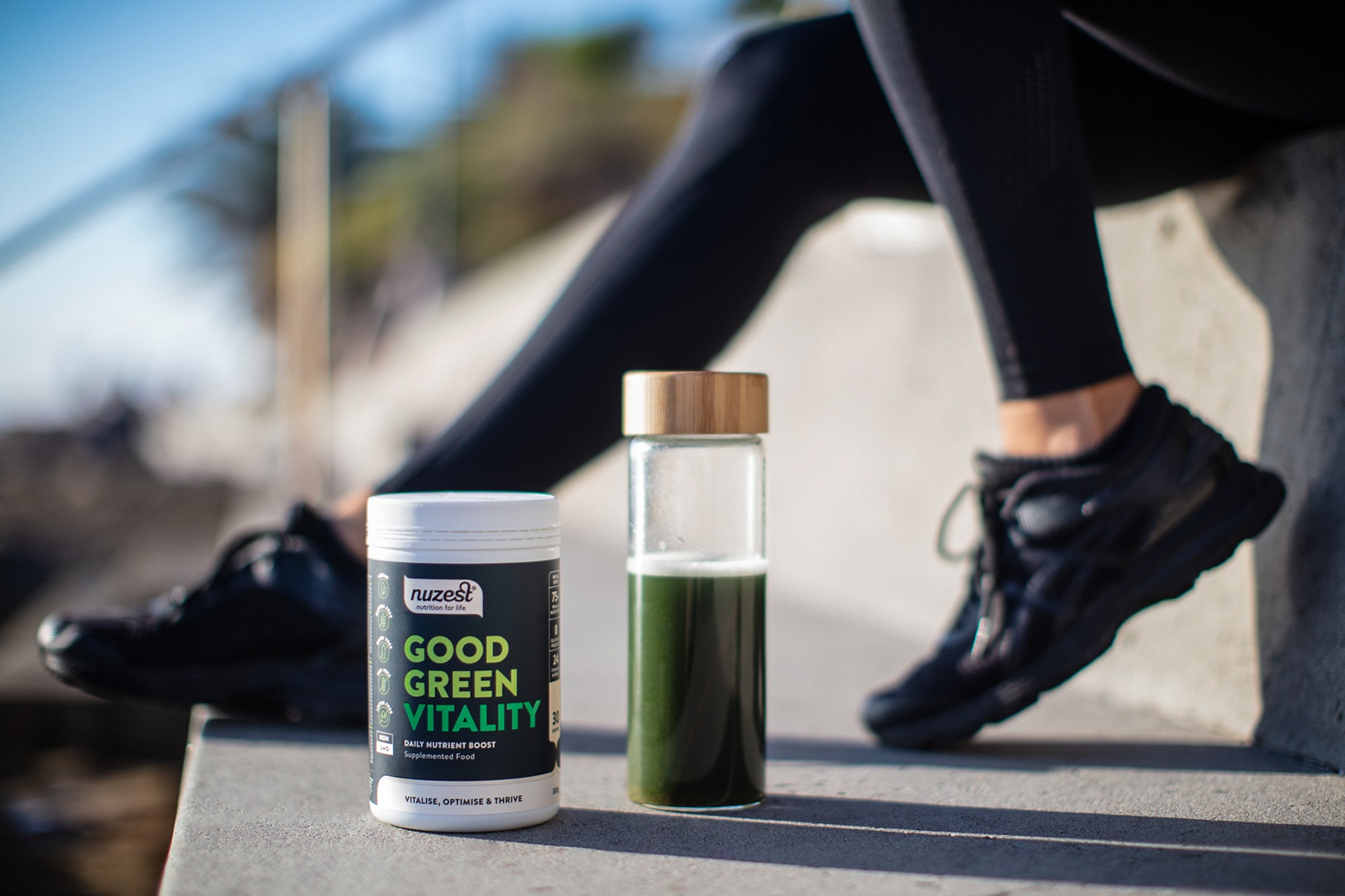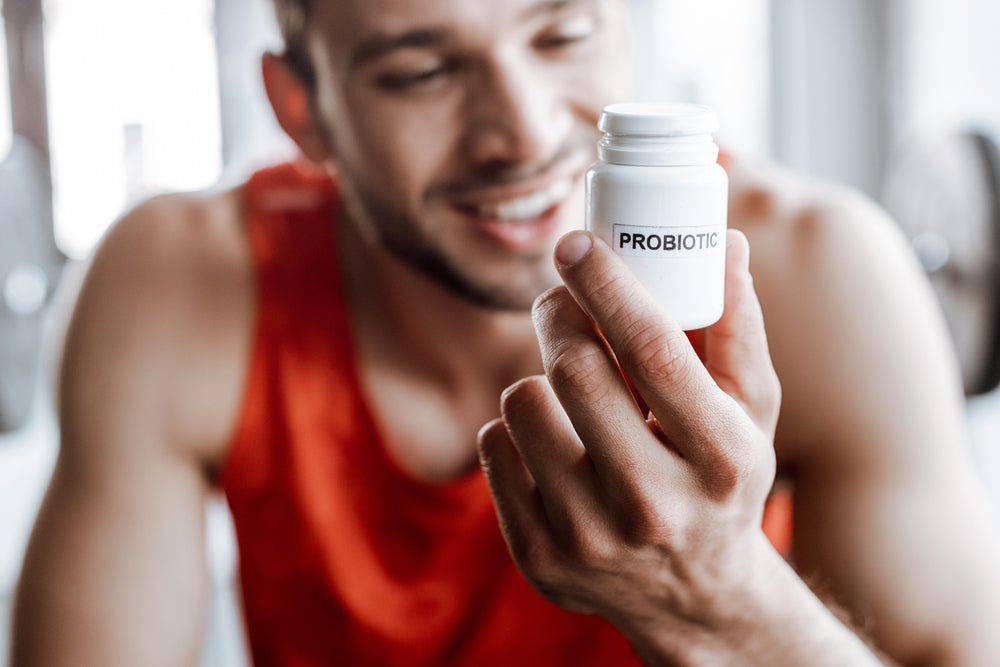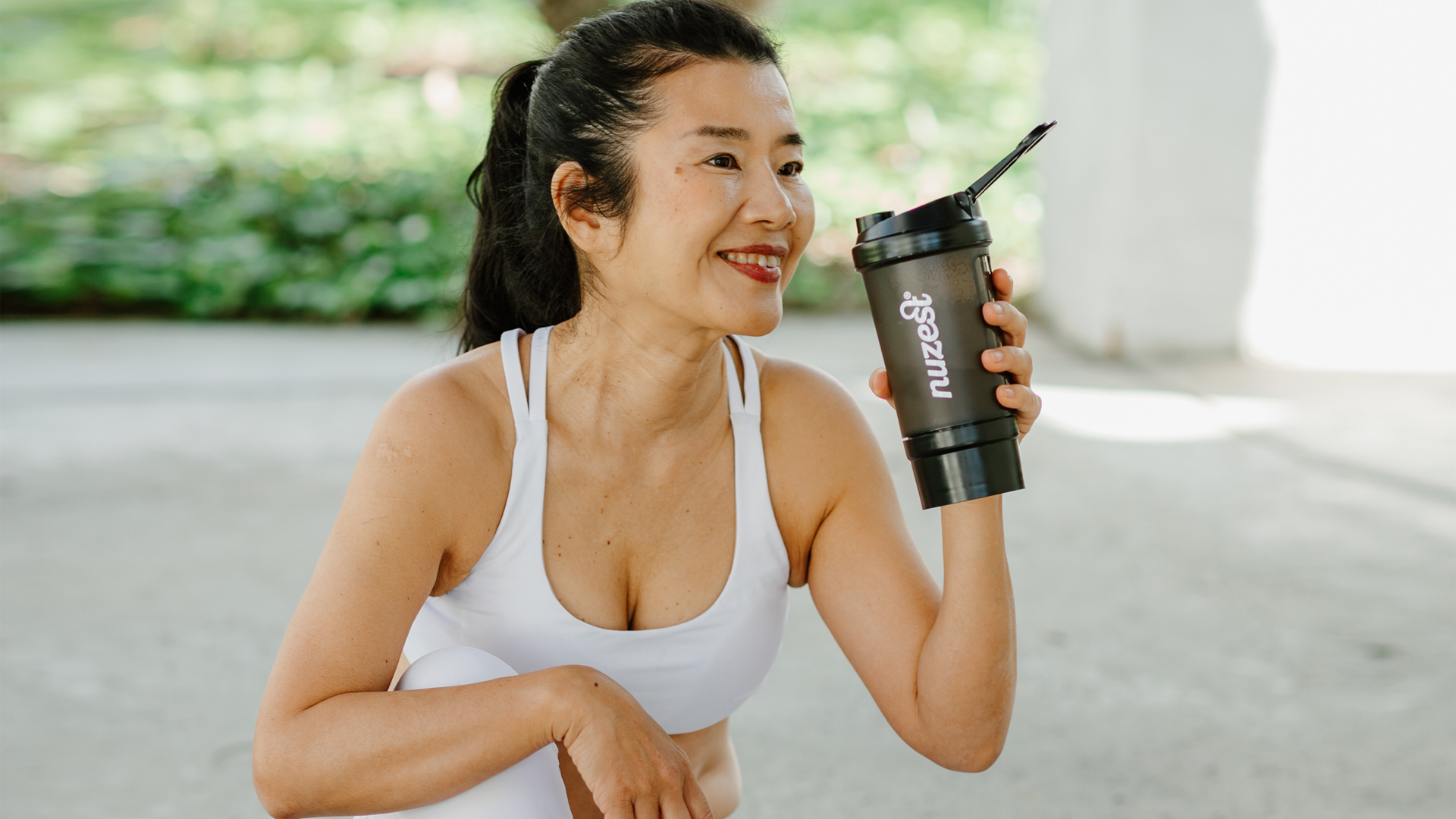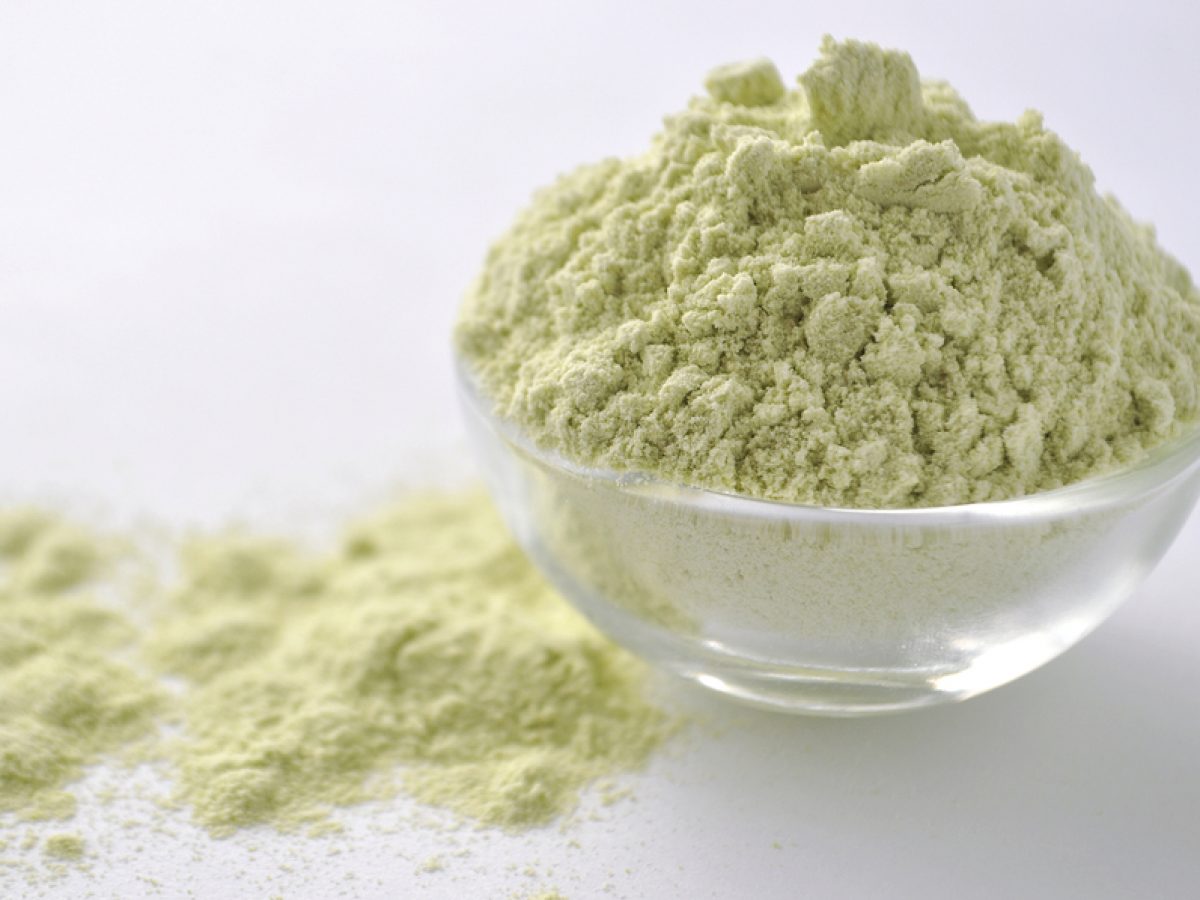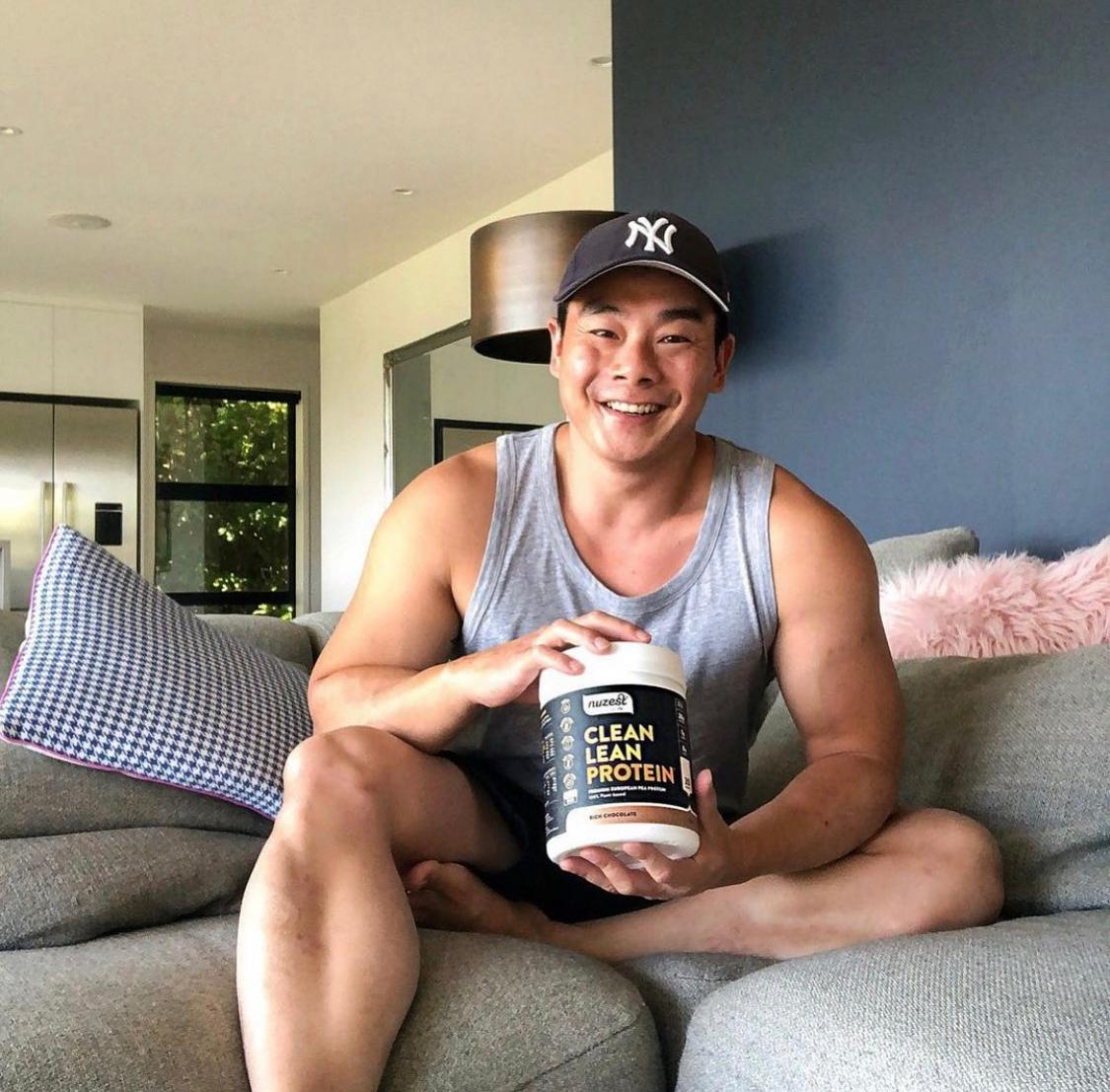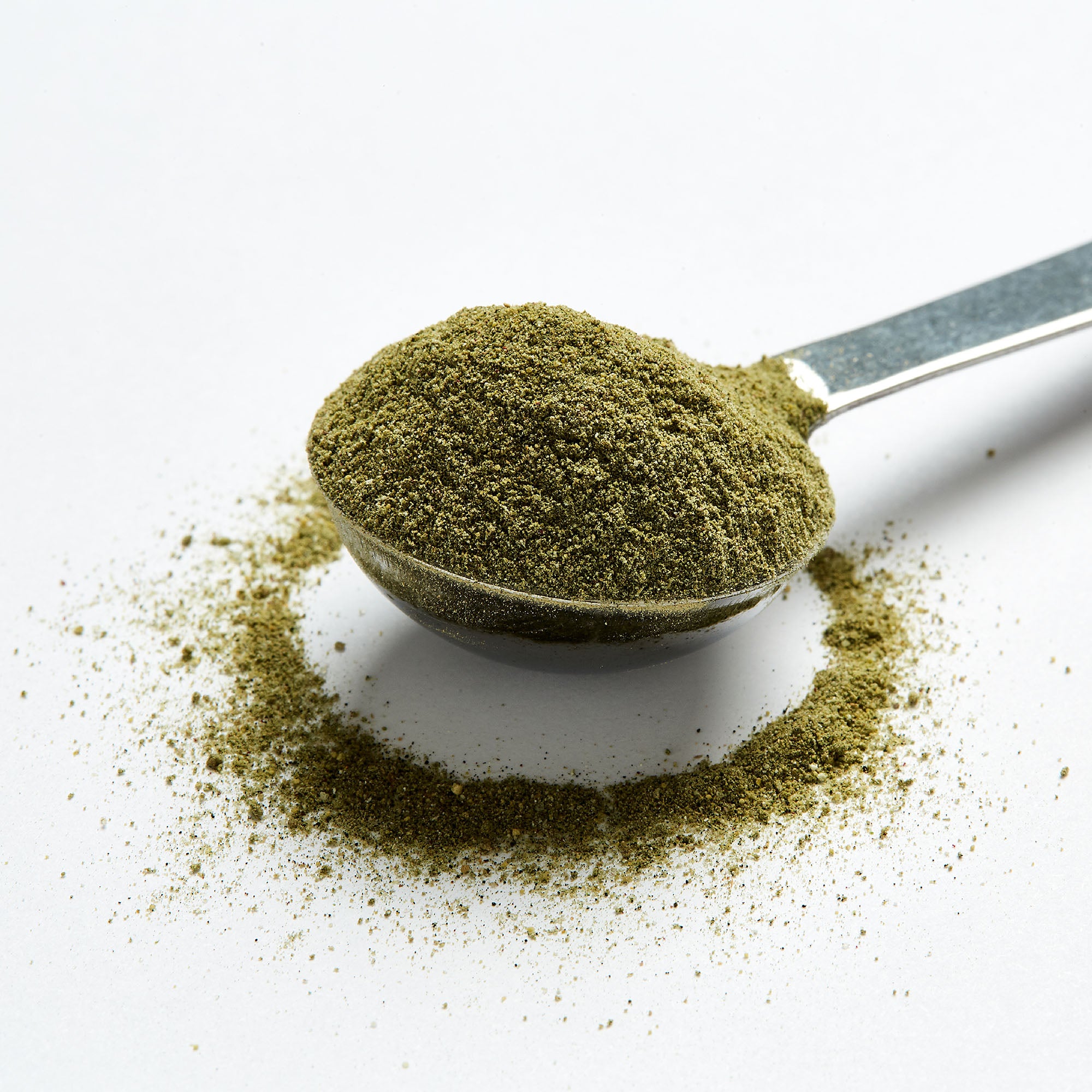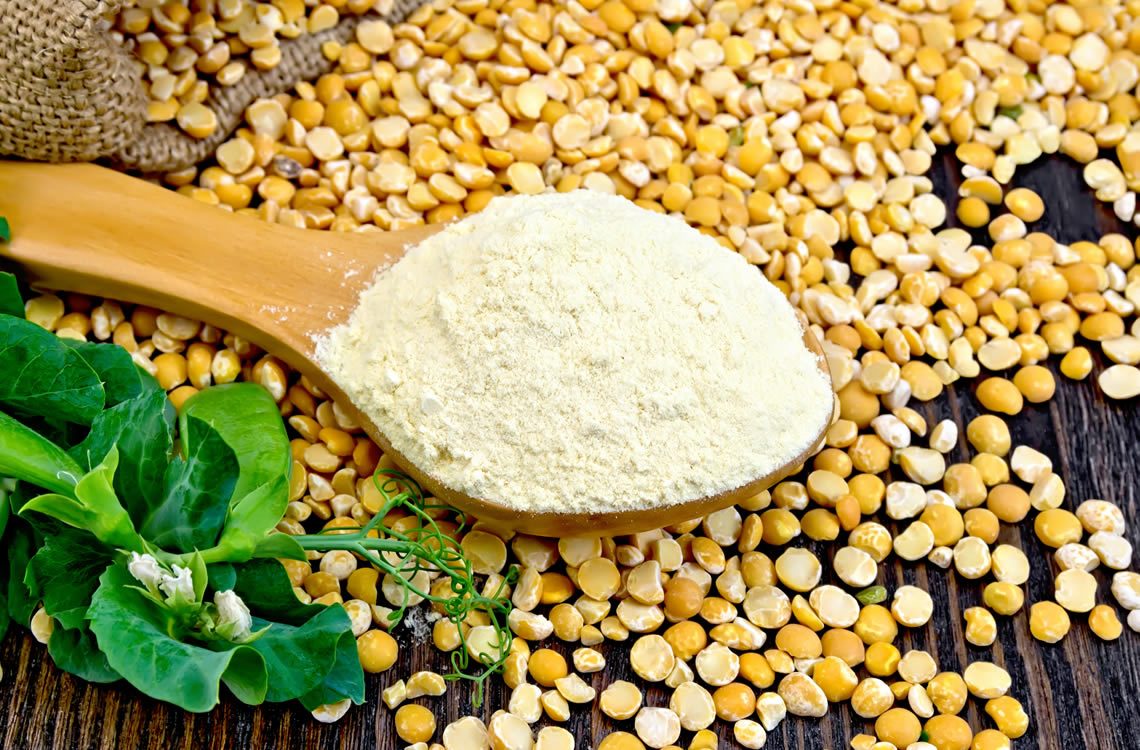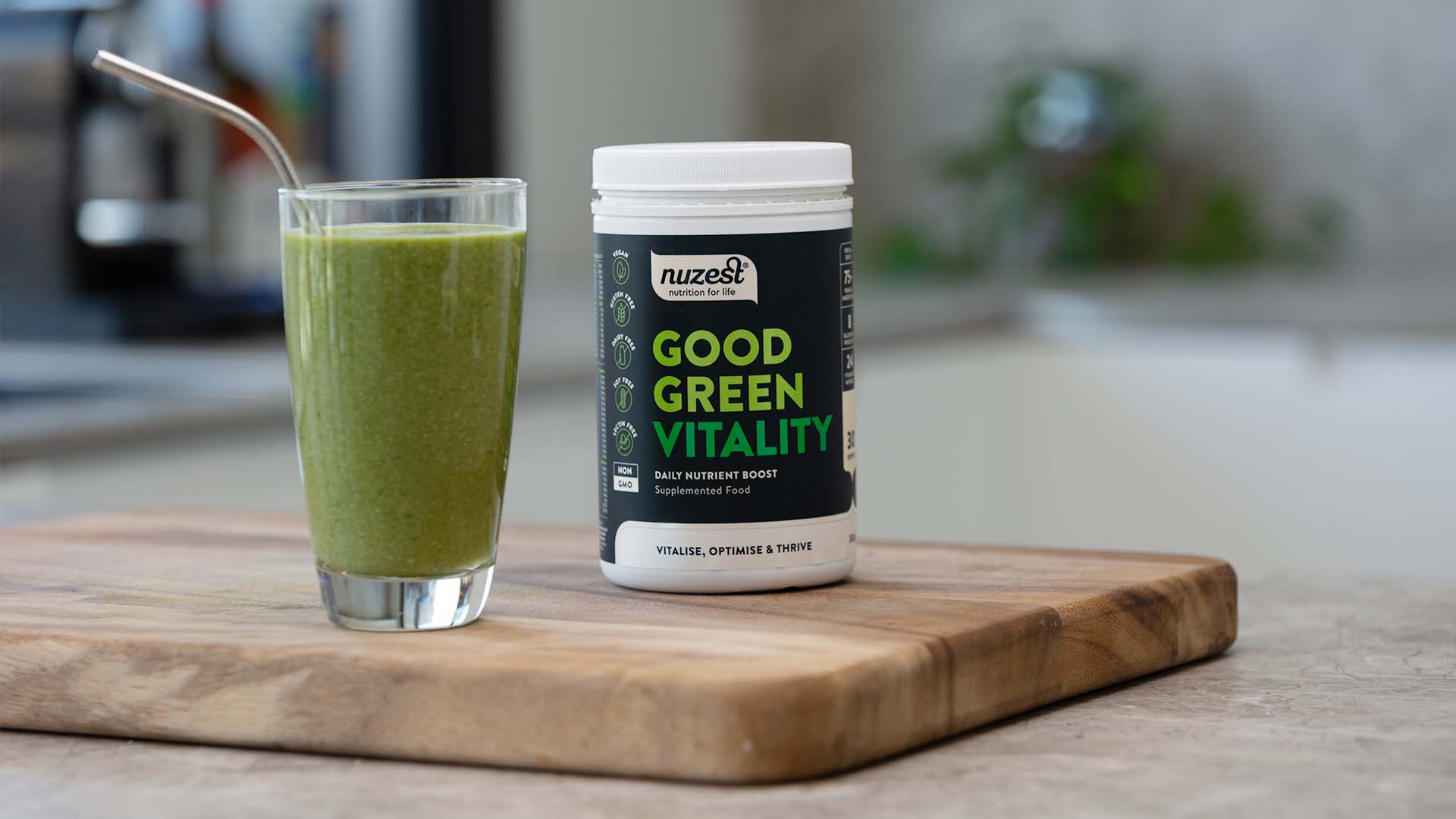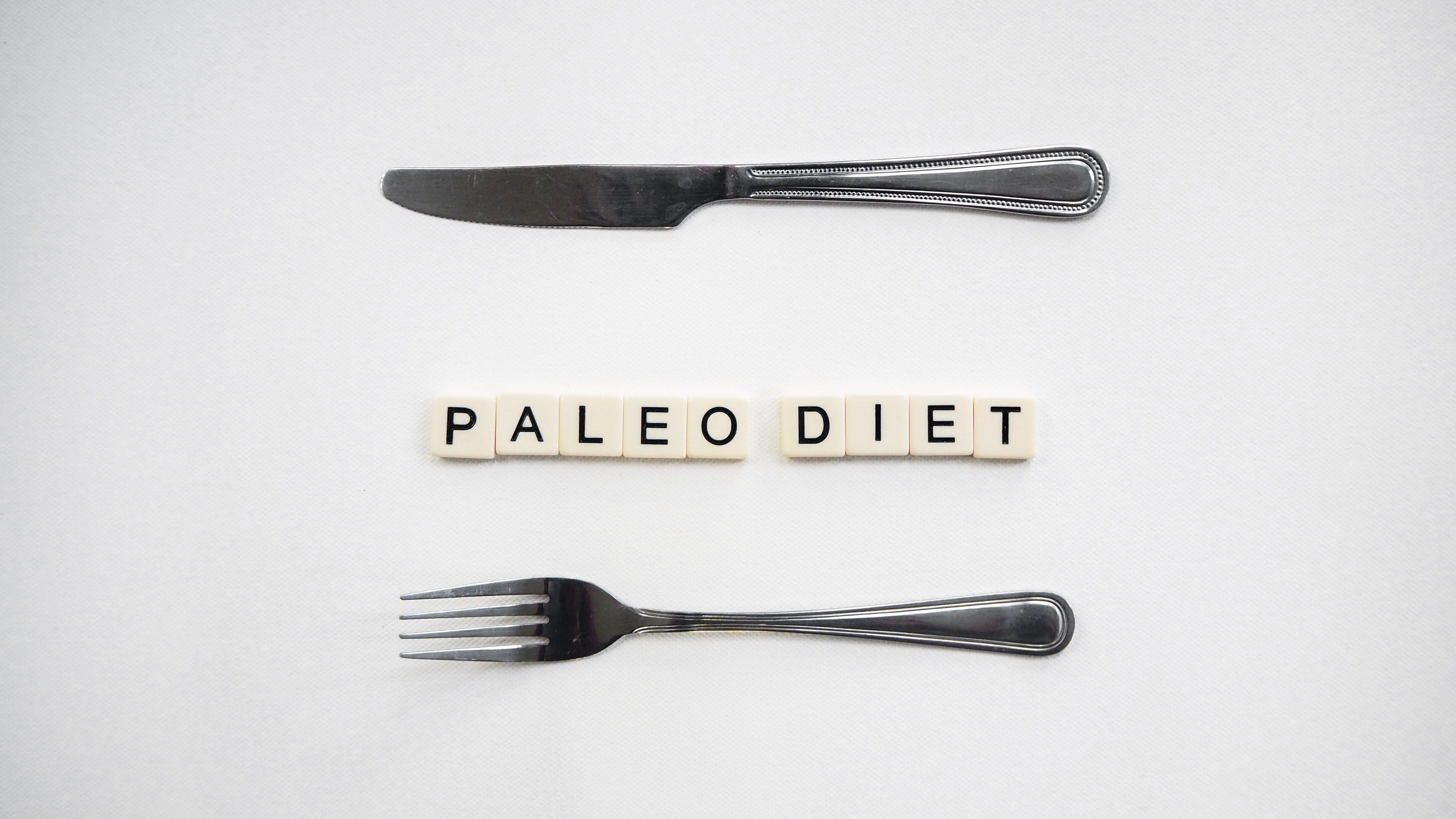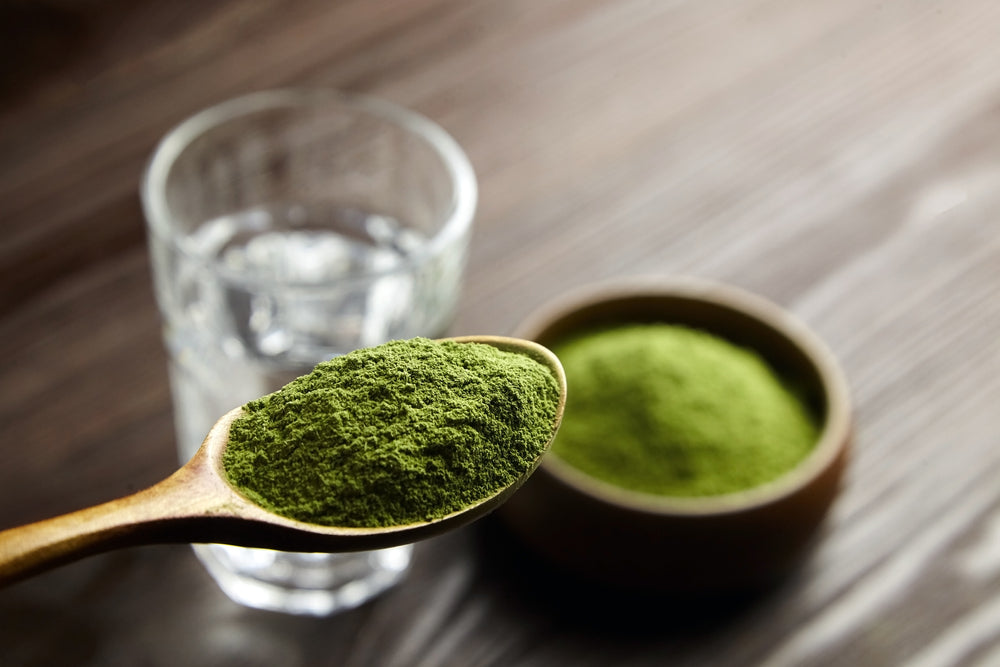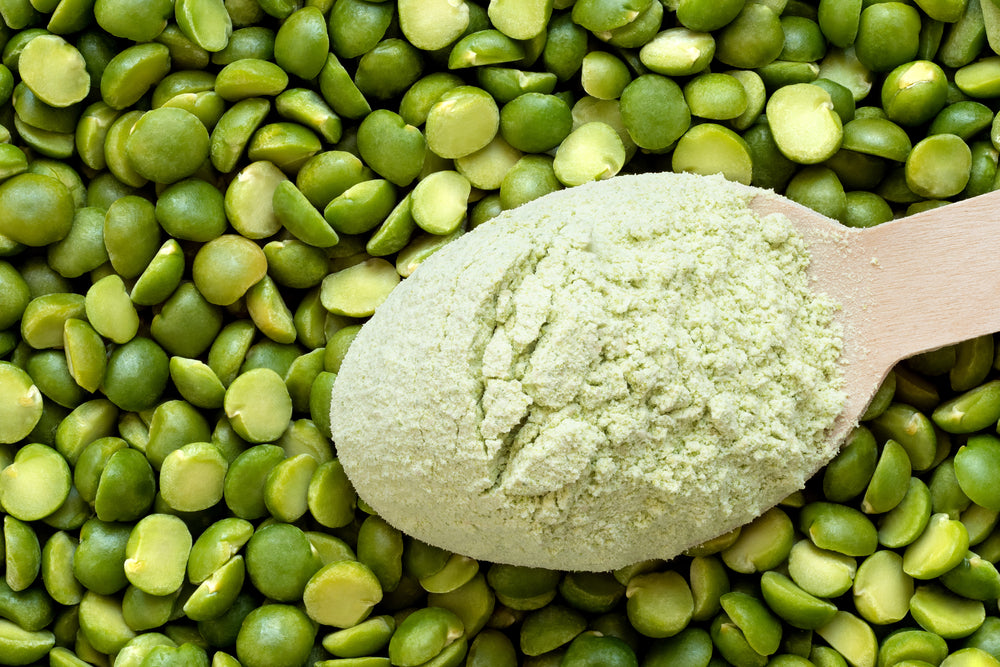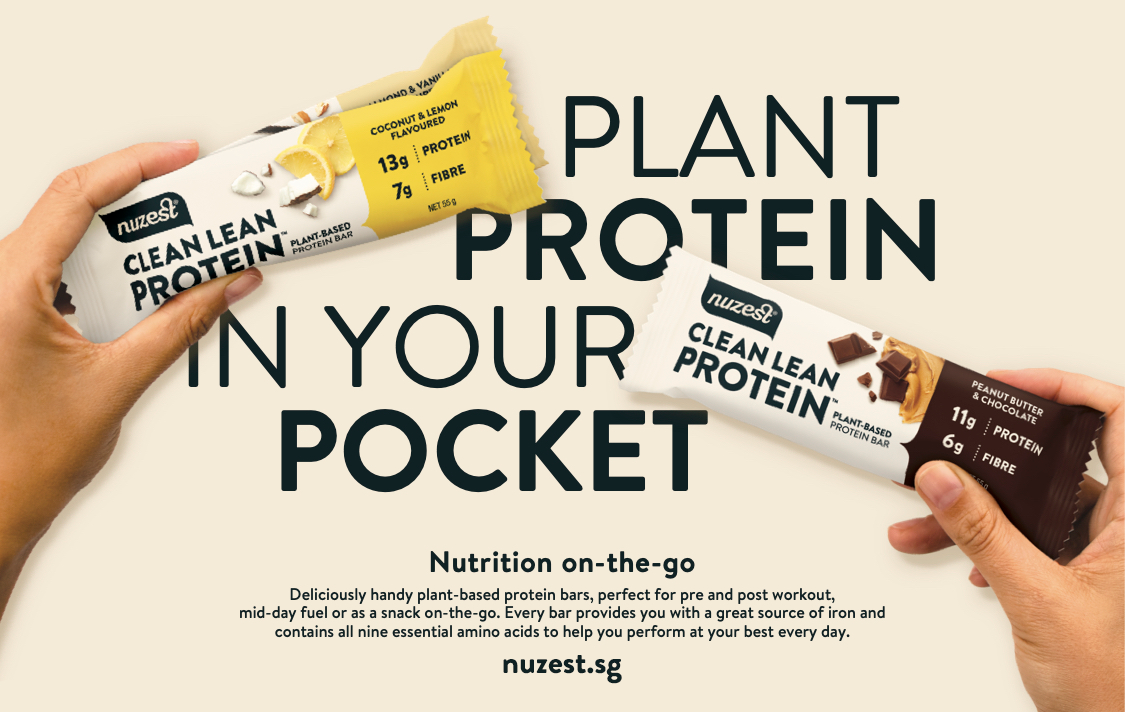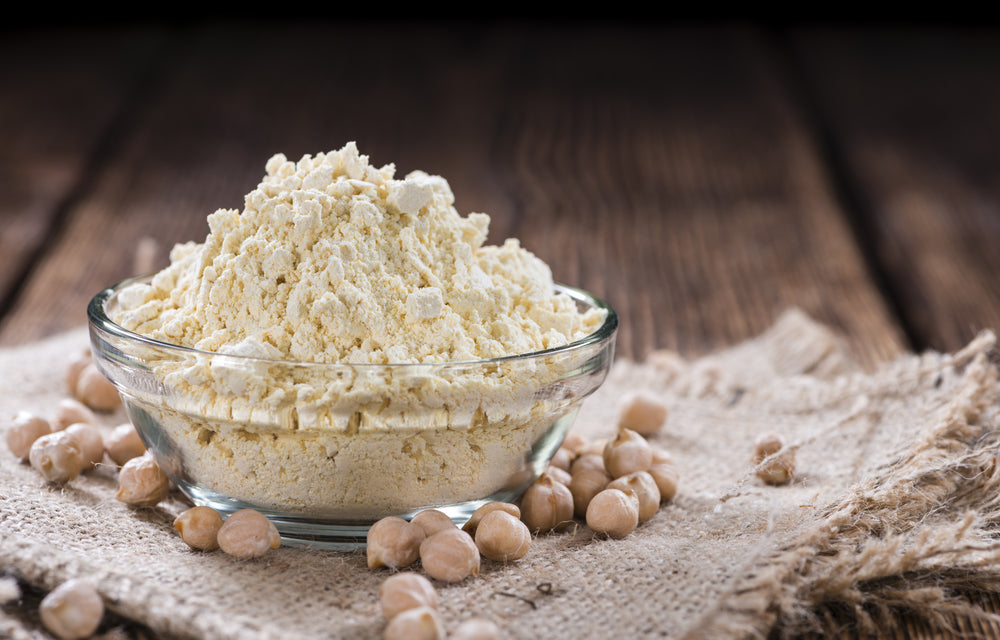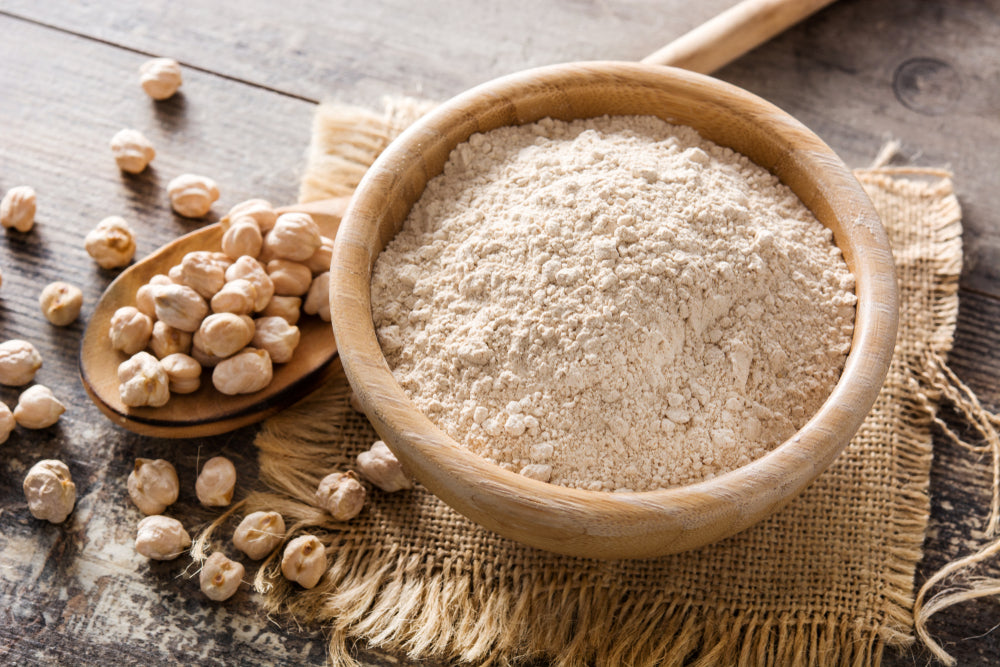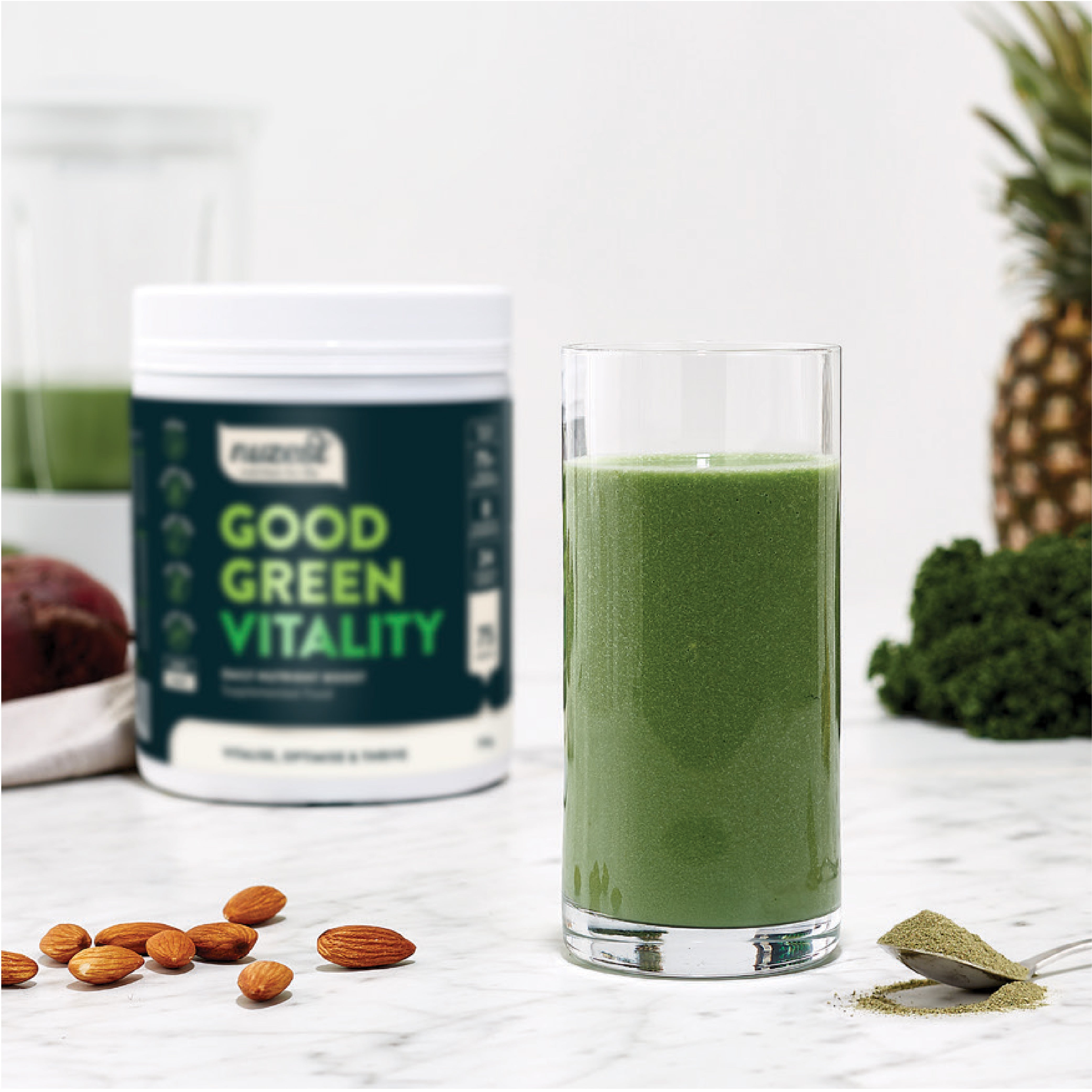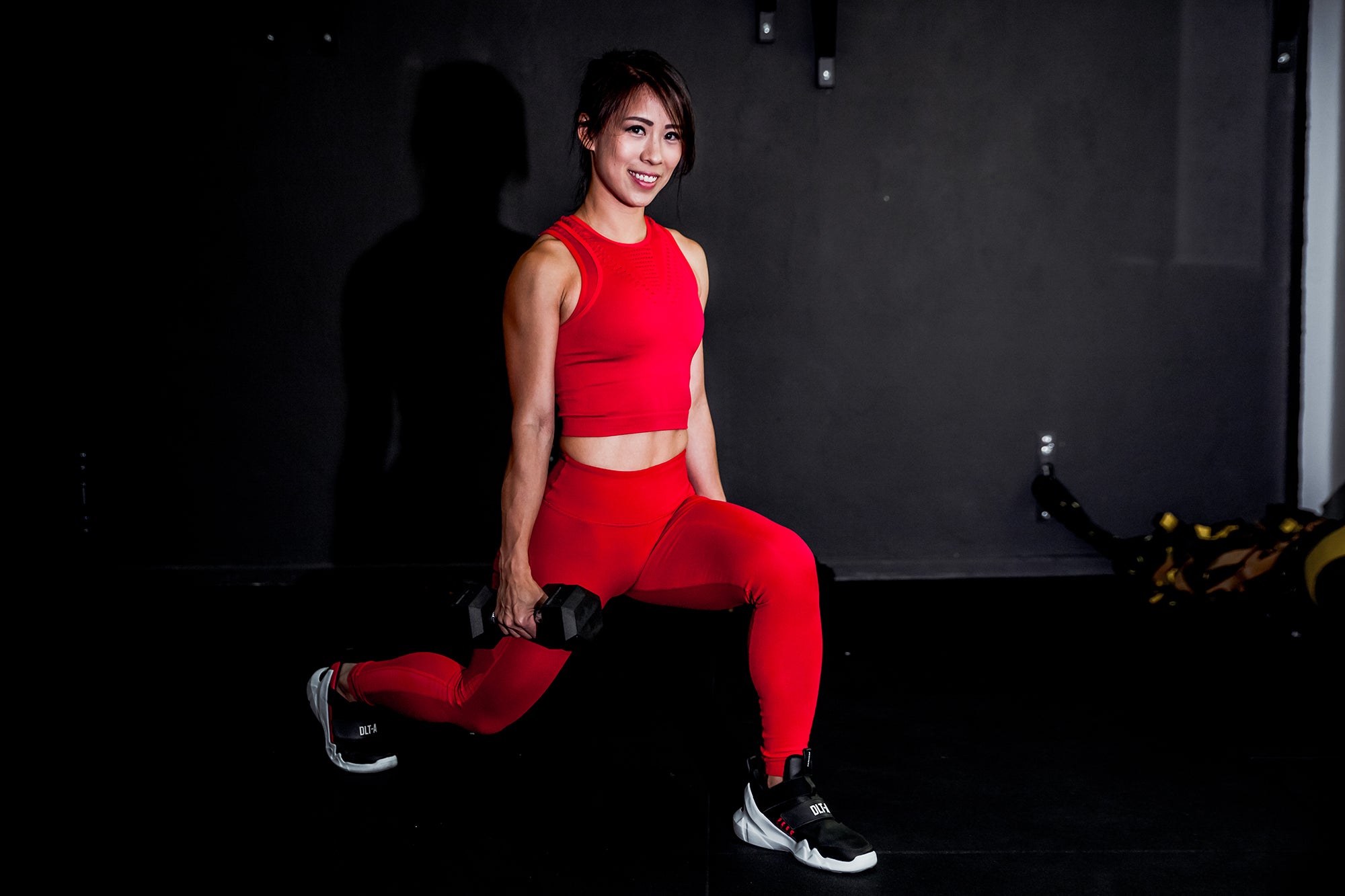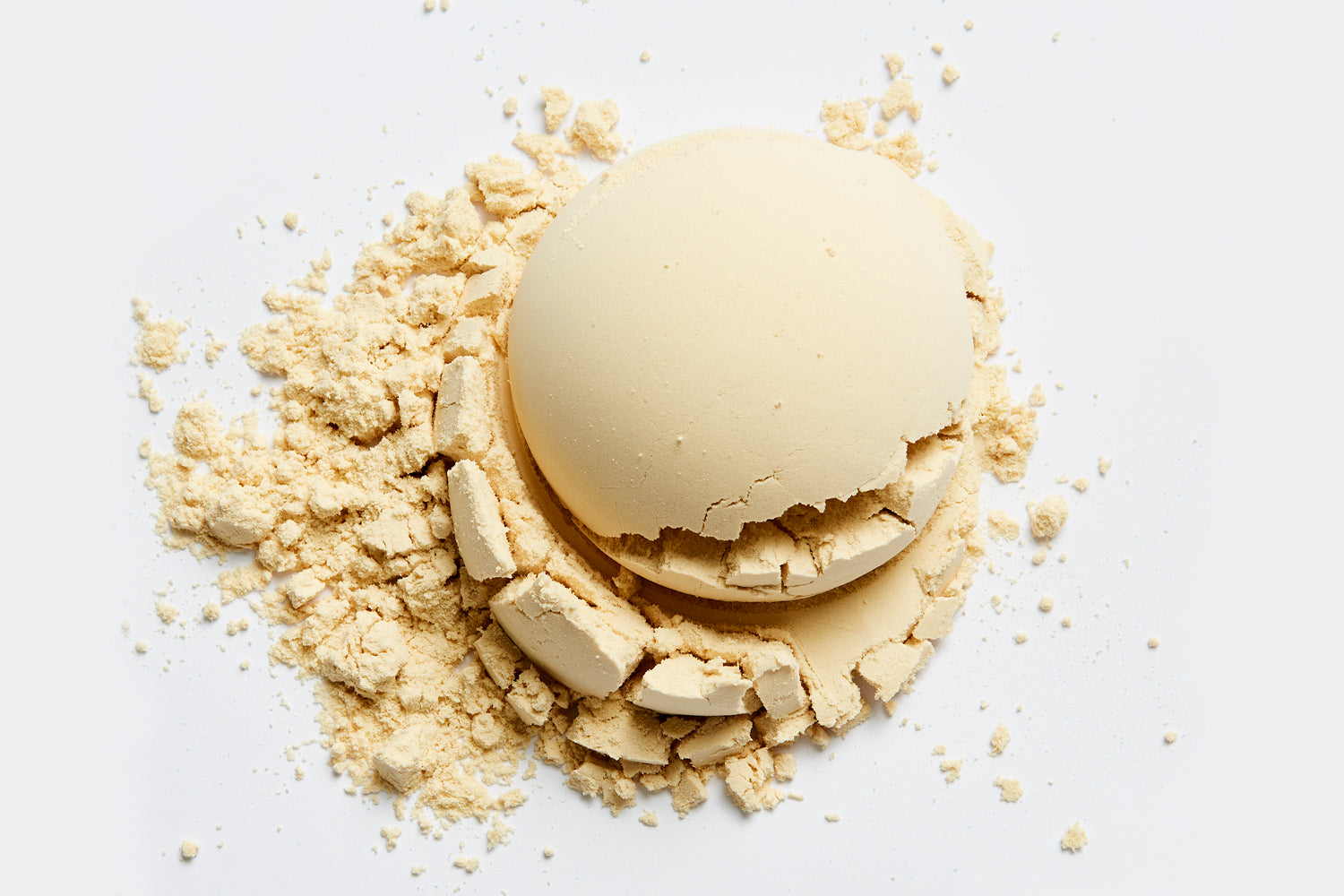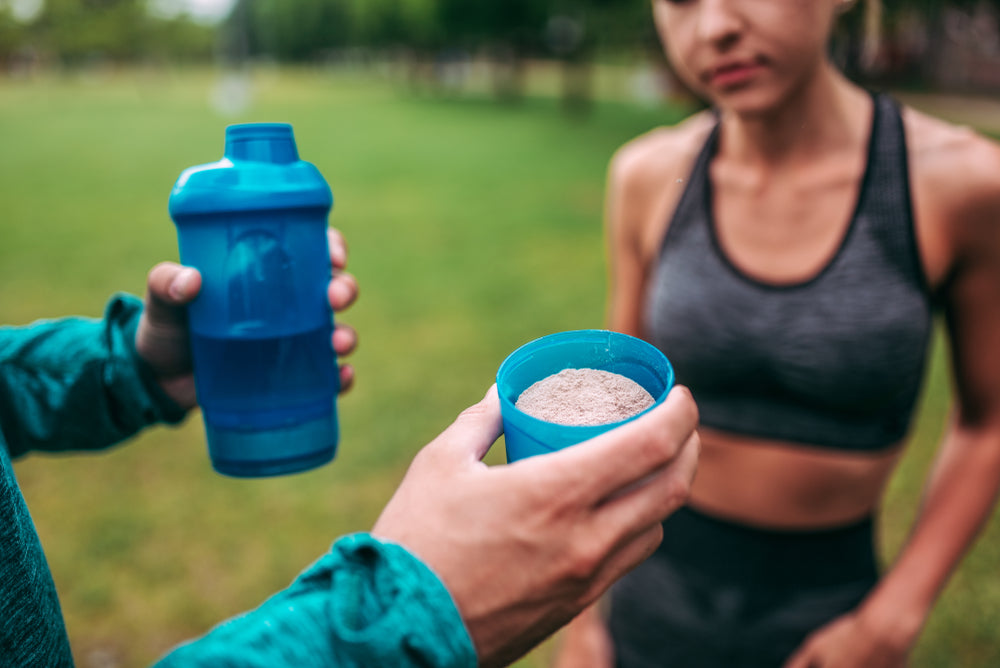Nancy Cheung
Author
(Food and nutritional science major student at CUHK)
Weight management vs Dieting for weight loss?
Weight management can be defined as a series of practices and behaviors necessary to maintain weight at a healthy level.
It’s not just about losing weight through a fad diet, or a slimming center, rather, through long-term exercise and diet balance. Simply to control weight in a healthy state is a lifestyle concept.
This lifestyle involves more than regulation of food intake.
It consists of:
- Quality, correct nutrition
- Eating behaviors
- Psychological influences
- Physical activity
Specifically, young girls are pursuing skinniness, because of the belief its more photogenic. Being skinny does not necessarily mean, being healthy!
People diagnosed with eating disorders who are not obese or overweight also need to practice weight management.
Weight Management in Hong Kong
Obesity has raised public concern in recent years. The results of the population health survey conducted by The Department of Health that showed about half of the working aged population in Hong Kong are overweight or obese.
Usually, we use Body Mass Index (BMI) to classify whether we are underweight, healthy, overweight or obese.
However, there are some shortcomings of BMI.

It does not:
- Consider body composition that may mislead bodybuilder and sarcopenic obesity (the loss of muscle, often affecting those with type 2 diabetes).
- Account for body fat distribution
- Or is not applicable, to very short or tall people
As people pay much more attention to their body shape and appearance, weight management becomes more important. A survey conducted by the Nielsen Company showed that Asian women are not only concerned about their appearance (49% across Hong Kong, Taiwan, and Australia), but also, most women both are very concerned about or dissatisfied with their figure. According to the survey results, up to 61% of women in Hong Kong expressed dissatisfaction with their current figure!
To make matters worse, through the ongoing epidemic, most of the recreational facilities were closed. People stayed at home, reduced going out, and consumed more takeaways. A survey on "Changes in Hong Kong People's Eating Habits During the Epidemic" found that Hong Kong people had serious imbalances in their diet and severe lack of exercise during this period. Nearly 60% of the respondents said that they had gained weight.
Weight Management and Obesity
Obesity is a complex health issue. Obesity results from a combination of causes and contributing factors, including genetics, environment and behaviors.
Key factors causing obesity in Hong Kong are:
1- A shift of Hong Kong people toward a westernized diet
The traditional diet of Chinese and Asian diets based on plant-based diets has gradually changed to the West based on animal-based diets. Added to this the westernized diet has a high dietary intake of saturated fats and sucrose and low intake of fiber, represent a growing health risk contributing to the increased occurrence of metabolic diseases, such as diabetes and obesity.2- Increase in portion size
International fast food chains are now all over the world. The leading chains such as, KFC, Burger King, and McDonald's have popularized super meal sets, encouraging consumers to eat 2-4 times more than our bodies need for health.

The Behavioral Risk Factor Survey conducted by the Hong Kong Department of Health, monitored participants for 7 days. Results revealed that 56.4% of adults aged 18 to 64, had not done any moderate physical activity for at least 10 minutes through this 7day period. Further, only 43.8% of the respondents conducted physical activity that met the WHO‟s recommended guidelines!
The results are clear that we are leading much lower energy lifestyles than ever before.
Demands on work also have impacted this figure. 55.7% of adults aged 18 to 64 sat for at least 6 hours per day through this observation period.
Why does Body Composition matter?
As outlined above, body composition is not taken well accounted for in the standardized BMI and this matters because it will affect how you go about healthy weight management.
You may feel frustrated when you exercise a lot and eat a healthy diet but the number on the scale remains the same or the BMI score puts you into an obese category. It doesn’t mean that your hard work isn’t paying off. When you are exercising, your body composition may be improving.
The body mass can be divided into two major components:
- Body fat (energy storage) and lean mass (including muscles, organs and bones)
- The range for a healthy body fat percentage in women tends to be higher than that of male.

Body Fat distribution
Measure waist circumference: a measurement for central obesity >90 cm is high risk for men; >80 cm is high risk for women Measure waist -to-hip ratio: waist circumference / hip circumference Waist = the narrowest point of abdomen; Hip = widest point >0.9 is high risk for men; >0.8 is high risk for women. Ideal: 0.85-0.9 for men; 0.75-0.8 (women

The common cause of obesity is the imbalance between body heat absorption and consumption. To lose weight successfully, we must address this phenomenon by reducing heat absorption and increasing energy consumption. There are three leavers you can pull to affect this:
- Your macro nutrient balance
- The total calorie input
- The total amount of exercise or calorie usage
These three leavers are used in co-ordination to meet daily needs in the short term and in the long term, create a tight weight management framework and process.
Blindly taking diet pills, fat pumping, or steam bathing most likely will fail to achieve long-term weight control and may also cause additional harm to the body. Many of the drugs on the market that reduces weight loss rely on suppressing appetite. Such drugs directly affect the central nervous system, and the side effects are mental tension, insomnia, depression. The consequences are serious. Long-term use of some drugs can cause addiction. Even if you manage to stop, our appetite can often increase.
Strategies on Weight Management
1) Balancing Carbohydrates, Fats, and Protein (our macronutrients)
If you cannot intake an adequate amount of nutrition from the daily diet, try to take appropriate supplements to fill in the gap. Our Nuzest Clean Lean Protein contains all 9 essential amino acids that are high in BCAAs and particularly high in Glutamine which is great for body recovery and repair.
It has no added sugar and is very low in carbohydrates. These high levels of protein, promotes satiety that helps you stay fuller for longer. For more information on how to incorporate Clean Lean Protein into your diet, click here.

2) Using the concept of Energy
The recommended daily intake: The elderly and sedentary women -about 1,600 calories. For most children, teenager girls, women having labor-intensive jobs and sedentary men - about 2,200 calories. Young male adults, adults having a lot of physical exercises and women having to complete lots of labor-intensive tasks - about 2,800 calories Energy Density is the number of calories in a given weight of food. Certain foods that have more energy density, such as margarine, chocolate, cheese, are easier to overeat. So, always select food low on energy density!
3) Manage Portion Size
Follow the 80% rule. Focusing on eating healthy foods 80 percent of the time, and less healthy foods the remaining 20 percent. Use a smaller plate. The small plate movement encourages people who want to be healthier and lose weight to reduce the size of the plates that they have in their homes and kitchens from the standard 12 inches radius down to a 10-inch radius. It decreases the number of food people eat, without influencing their perceived fullness or satisfaction.
The amount of takeaway and the food provided in the restaurant usually exceed our body's needs. This causes us to eat too much without knowing it.

4) Regular Exercise
Aerobic exercise
Aerobic exercise can help you burn excessive calories, increase muscle endurance and improve cardiorespiratory function. In addition, it can eliminate the fat accumulated around the organs. The accumulation of fat around organs can lead to heart disease or diabetes.
Recommended aerobic exercises include long-distance running, sprinting, walking, rowing machine, skipping rope, swimming, cycling, etc.
Strength Training
In addition to keeping body fat percentage at a healthy level, muscle training is also very important. You can train muscles in many ways. We often think strength training is doing things like; weightlifting, machine training, self-weight exercises but this is only some activities you could choose to do.
Fun outdoor activities that incorporate principles of high intensity training (HIT) could be racing Spartans events, or participating in CrossFit.
For those looking to be less competitive and more contemplative, Yoga and Pilates are awesome options as well.
In fact, there is a strength building exercise suitable for everyone!
By changing the duration, intensity and frequency of the exercise as needed, you can positively achieve your ideal body shape.
5) Be realistic
Last but not least, we should be realistic about energy intake. Calorie should not be overly restricted. We should avoid intake less than 800 kcal/day and lose weight more than 2 lbs/week.
Assess your energy needs, motivation and commitment and make a reasonable and plausible plan. Achieve the goals through more physical excise and changing your eating habits. Most importantly, put your plan into action!
We hope this article give you more ideas on Weight Management. Reaching and maintaining an ideal weight not only boost your mood but also prevent illness and maintain your overall health!
5 Top-rated Fitness Places in Hong Kong
1. Pure Fitness
Website: https://www.pure-fitness.com/hongkong
Locations: 12 studios all over Hong Kong Island and Kowloon Districts
PURE Fitness inspires and helps people to lead healthier, happier lives. They provide a wide variety of training methods, include:
- The world's first 270° Immersive Fitness™ studio
- Wattbike Icon indoor bike
- 30-meter sprint track
- FUZE high-intensity training
- Power lifting platforms
- Dedicated boxing and kickboxing spaces
- Iron Grip and Eleiko Free Weights
- Kettlebells, Bulgarian Bags
- Pilates Reformer
- In addition to the general fitness equipment, you can also try the yoga classes there. Their yoga classes are very popular.


2. Feel Fit Factory
Facebook: https://www.facebook.com/feelfitfactory/
Location: 6, Hart Ave, Hody Commercial Building, 9/F, Tsim Sha Tsui
An exclusive multifunctional fitness studio for those who wants to train smarter, harder, and better!
Muay Thai class: Your first step into combat sports, they will train in small groups, depending on your needs and strengths, starting with basic combat skills, to physical training. Abundant cardio exercise within this hour to turn your body fat into muscles, toning your body in an interesting and exciting way.
3. Define8 Fitness
Website: https://defin8fitness.com/web/
Location: 8th and 9th Floor Yu Wing Building, 66 Wellington Street, Central
Hong Kong’s leading elite fitness and Pilates studio, voted Expat Living’s Best Pilates & Fitness Studio, Best Personal Trainers. A fitness community that will make you finally commit to your healthy fitness and workout routine – will get you addicted to working out.
REFORM8 (Reformer Pilates based) class: Utilizing a Pilates Reformer equipment, this class combines dynamic movements that aim to strengthen and lengthen the muscles. It's more upbeat and energizing! Not your usual Pilates experience - REFORM IT!


4. House of Fitness
Website: http://hofhk.com
Location: 18 Possession St, Sheung Wan
House of Fitness provides a range of classes combine a mix of cardio, weights and body-movements to cater to your goals from toning your body, to burning fat or building muscle mass. Dark room, dimmed lights, music pumping and a unique vibe that will push you to the next level.
REP FIT | Upper Body Strength class: Medium-intensity weight training program focused on building core strength, stamina and aesthetics. The classes are 100% dedicated to weighted superset movements with a focus on functional fitness, where aesthetics meets stamina.
5. Kita Yoga Hong Kong
Website: https://www.kita-yoga.com
Location: Sky Lounge at The Upper House, 88 Queensway, Admiralty
KITA Yoga is a cozy neighborhood studio with a chill vibe. They offer vinyasa based yoga classes in an intimate inviting space with small class sizes and fun teachers who don’t take themselves too seriously.
KITA FLOW class: Weave together breath, mind and body. A grounding yet adventurous practice organized for revelation and self-inquiry. Expect dynamic sequences coupled with the right playlist to help you strengthen the body, find freedom in movement and clarity in thought.

Disclaimer: The information provided on Nuzest is for educational and informational purposes only. The information provided on this site is not, nor is it intended to be, a substitute for professional advice or care. Please speak to your qualified healthcare professional in the event that something you have read here raises questions or concerns regarding your health.
References:
- https://www.info.gov.hk/gia/general/200206/30/0628097.htm
- https://www.info.gov.hk/gia/general/201711/27/P2017112700588.htm
- https://www.sunlife.com.hk/zh-hant/about-us/newsroom/news-releases/2020/survey-reveals-hongkongers-obtain-happiness-from-food-during-pan/
- https://www.prnasia.com/story/82639-1.shtml
- https://www.chp.gov.hk/en/static/104048.html
-
https://classpass.com/lists/hong-kong

